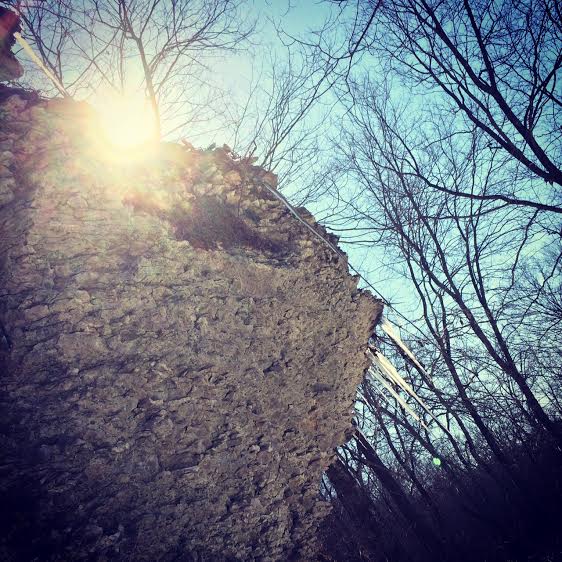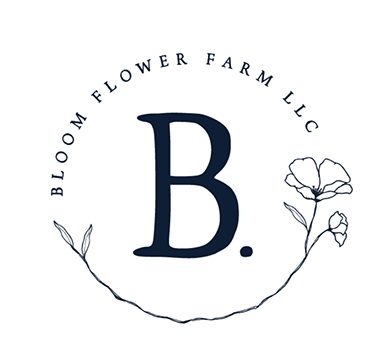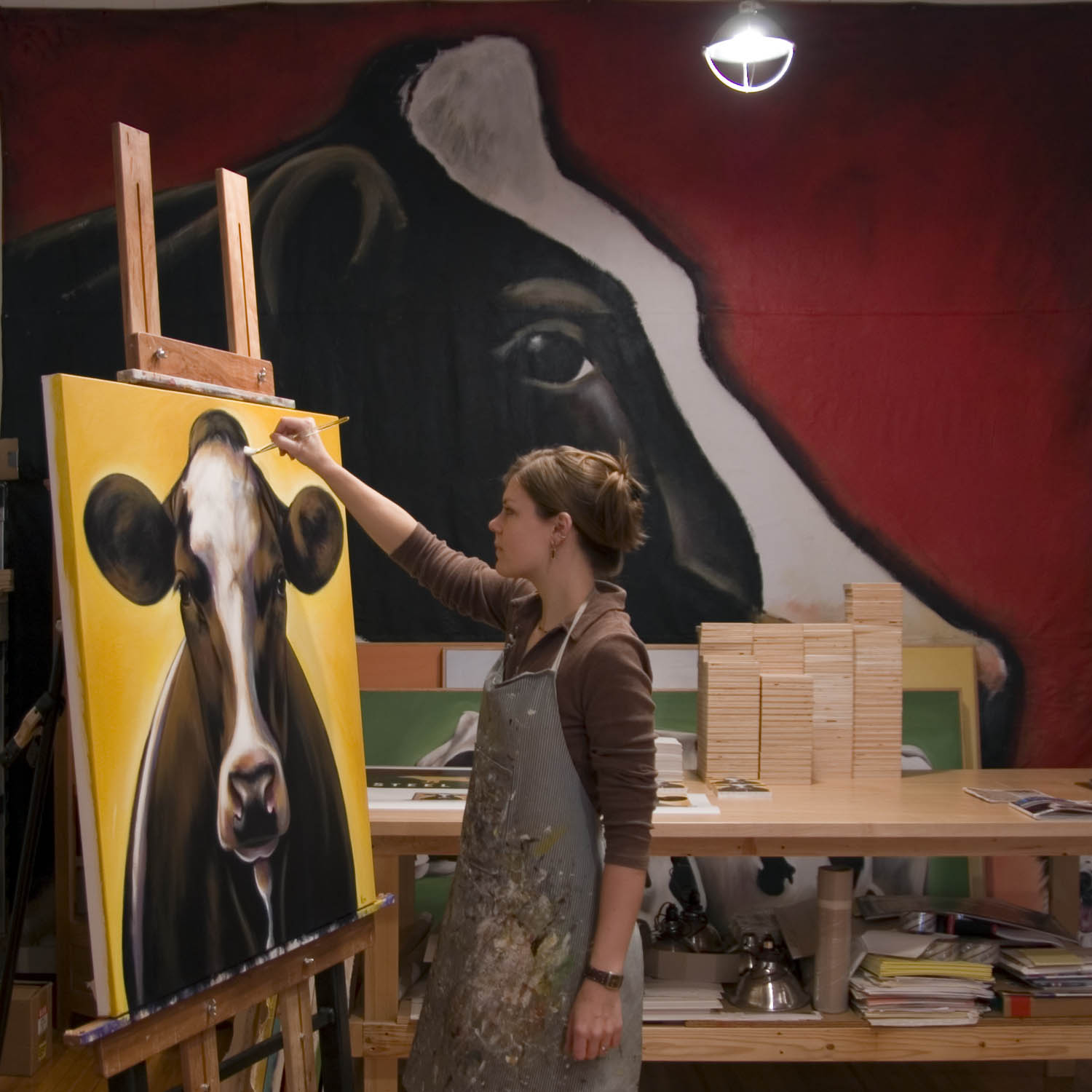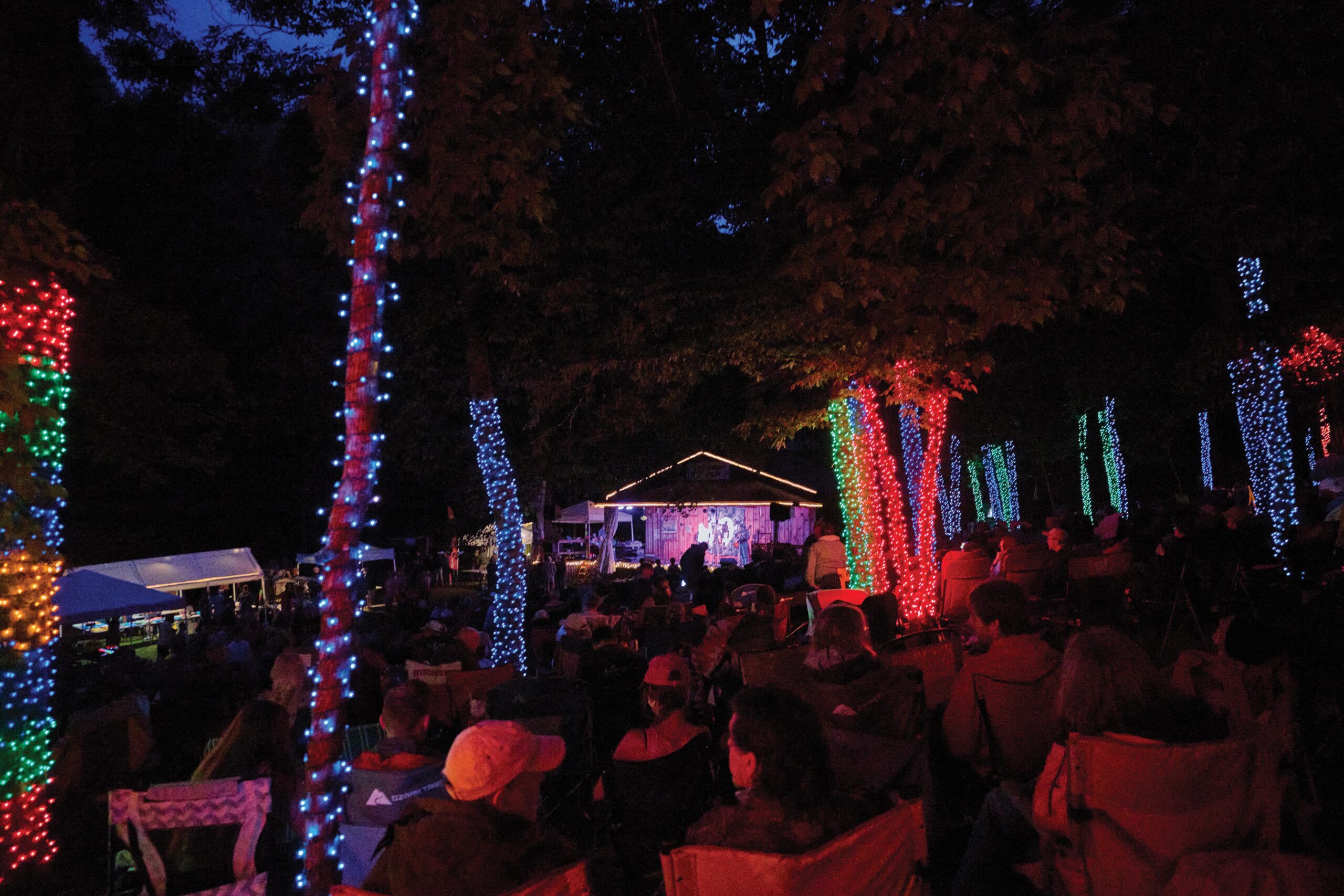Iowa Natural Heritage Foundation
“A thing is right when it tends to preserve the integrity, stability,
and beauty of the biotic community.” -Aldo Leopold
——————————-
By Benji Nichols • Originally published in the Spring 2013 Inspire(d)
Fact: More than 90 percent of Iowa is farm acreage. Not surprising? How about this: Fact: Iowa has more native orchid species than Hawaii. Its true! Rare geologic features and natural diversity – like Iowa’s 32 species of native orchids – exist from the Loess Hills to the Driftless Region. Historic Iowa conservationists like John F. Lacey, Ding Darling, Aldo Leopold, and Ada Hayden have worked hard to keep them alive and present in our region. But with just 10 percent of Iowa land not involved in agriculture, how can we possibly protect these amazing assets?
Thankfully, organizations like the Iowa Natural Heritage Foundation have stepped in, shouldering the work of early conservationists by preserving both land and resources in Iowa, as well as the access and use of them.
“The Iowa Natural Heritage Foundation works diligently to protect the absolute natural treasures we have in our state and preserves them for tomorrow’s generations,” says Northeast Iowa native and long time INHF board member Kirsten Heine. “This includes remnant goat prairies high above on the Mississippi River bluffs, prairie pot holes in western Iowa, majestic oak savannahs, algific slopes that are home to some of our state’s unique flora and fauna, and in our own neighborhood the beautiful Upper Iowa River. These landscapes tell our ‘Iowa story’ and enhance the overall quality of life.”
Fact: The INHF, as a private not-for-profit group, has secured over 130,000 acres of natural resources in the state.
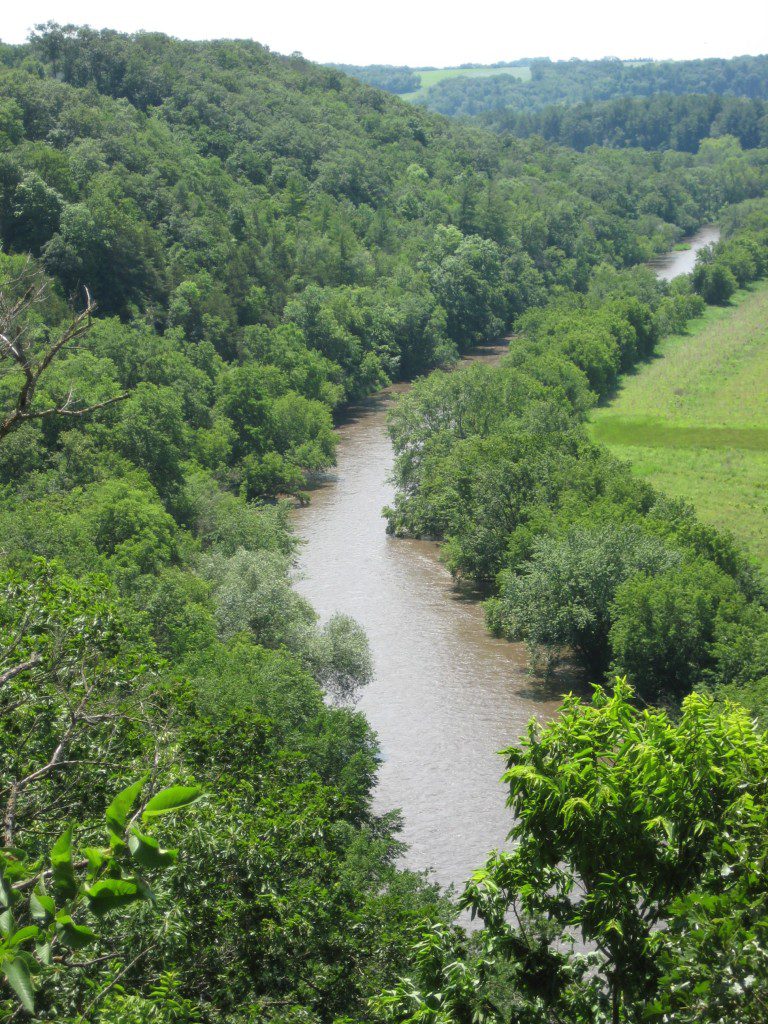
Since the early 1900s, people like Iowa Congressman John F. Lacey have worked to implement conservation legislation to preserve wild places – a method that has been built upon and improved by many. But few have accomplished large, permanent preservation like INHF.
“I see firsthand the tremendous efforts of natural resource protection by INHF,” says Terry Haindfield, a Wildlife Biologist with the Upper Iowa Unit of the Iowa Department of Natural Resources. “Their ability to see the future with and without safeguarding the environmental treasures in Northeast Iowa inspires them to not only protect quality of life experiences for the present but maybe more importantly the forthcoming generations. Their efforts will be admired forever.”
The state of Iowa has come into a fascinating place in time, agriculture, property value, and land use. Despite being one of the most prosperous places to grow corn and soybeans, older farm owners are retiring, while young farm families are stretched to keep up with land values and crop prices. With 65 percent of farmland owned by folks 60 years and older, many young farmers are cornered into pushing conservation aside in the name of higher yields and more tillable land. As agriculture in Iowa experiences these transitions, INHF becomes even more important. They work to permanently protect unique land and resources, and improve land management and bring new conservation ideas and opportunities to the state – all while respecting Iowa’s agricultural heritage.
The entire concept of INHF – preserve natural resources permanently – may seem a little too big and audacious to grasp… until you realize you’ve almost certainly seen or experienced the work of INHF firsthand.
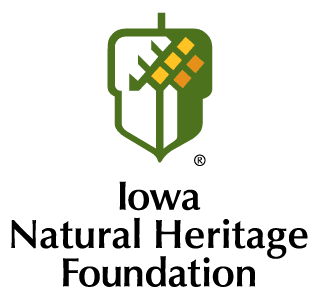

Countless statewide projects range from coordinating large-scale land set-asides to invasive species management like pulling sweet clover or wild parsnip from remnant hill prairies to forestry projects like thinning oak woodlands for regeneration. Summer interns tackle hands-on tasks such as collecting prairie seed that will be used for future restoration projects, constructing fire lines for future woodland prescribed fires, and restoring cold-water trout streams.
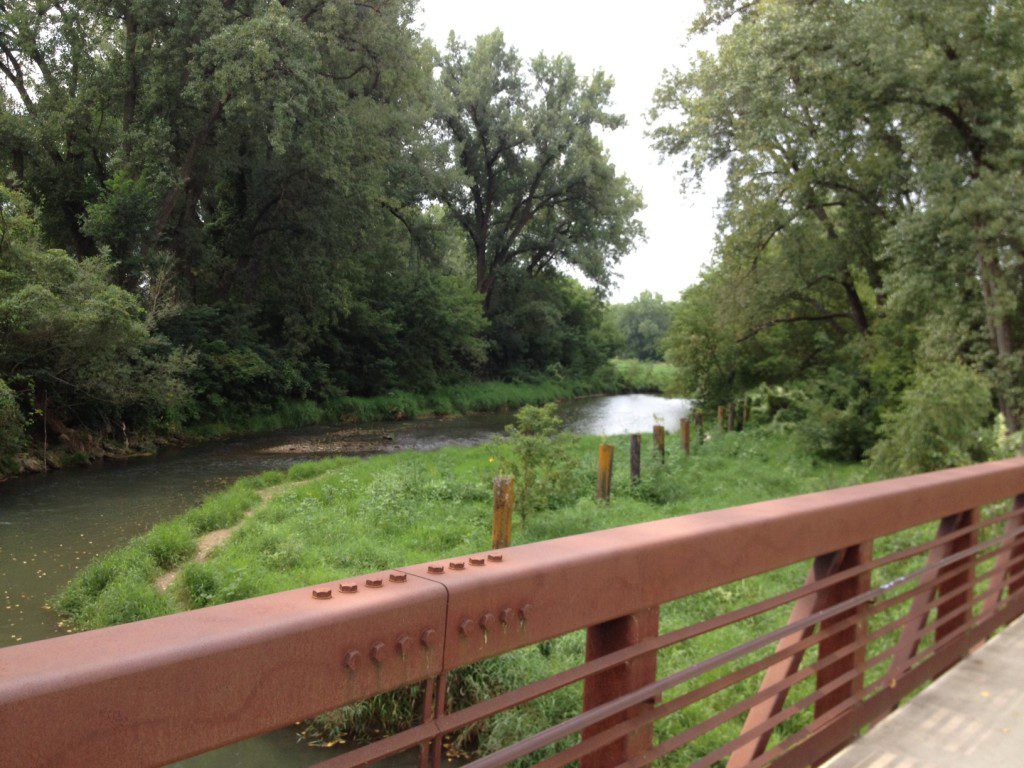

Fact: Over the past 30 years, INHF has helped partners create nearly 600 of Iowa’s 1,000 miles of rail-trails.
The ability of an organization like INHF to accomplish such vast goals is in no small part due to exceptional leadership. Longtime (now past) INHF president Mark Ackelson is one of the most well known faces in Iowa preservation in recent decades. One of the many areas near and dear to Ackelson is the work of coordinating, guiding the building of, and promoting the use of hundreds of miles of recreational trail systems. INHF has helped launch such trail projects as the High Trestle Trail, Wabash Trace Nature Trail, Rolling Prairie Trail, to name just a few. The technical expertise and statewide perspective that INHF brings to trail-building projects is one of the driving factors in Iowa’s effort to be known far-and-wide for its trails. It is well worth the time to visit www.inhf.org just to see their fantastic interactive map of current trails and trail projects in the state, as well as their “Iowa By Trail” App.
But at its core, the long, steady view of INHF has been to work with private landowners and agencies to permanently conserve land for future generations. Each and every project is different, with the tools and knowledge of the Iowa Natural Heritage Foundation helping landowners find the right options ranging from easements to donations or sales, to best practices for sustainable land management. It was the great conservationist Aldo Leopold who said, “A thing is right when it tends to preserve the integrity, stability, and beauty of the biotic community.” Whether it’s a family donating a piece of land for public use, or a group navigating the intergovernmental agencies involved in making sure over 1,000 acres surrounding Effigy Mounds will never be developed, the work of an organization like the Iowa Natural Heritage Foundation is truly never finished. But when the list of projects accomplished looks as long and beautiful as the list of Iowa’s wild orchids, it’s easy to feel like things are headed in the right direction.
![]()
![]()
Find out more about the Iowa Natural Heritage Foundation and these great projects at www.inhf.org, or by contacting them in Des Moines at: 515-288-1846 or info@inhf.org. And you don’t have to be landowner to support the INHF mission: Memberships are as little as $25 per year and include a quarterly subscription to the stunning INHF Magazine.
—————————-
